class ii elastics force
B2 Class II Elastics interarch elastics. These elastics are available in two different force levels for both stages of treatment ensuring a smooth and timely transition to a Class I Platform.
Elastics Bee Happy Orthodontics
Class II Elastics.

. CLASS II ELASTICS Class II Elastics extend from the anterior hook on the maxillary posted archwire typically mesial to the maxillary canine to the hook on the mandibular first molar. Oesterle et al 4 found that force levels on elastic packs were closest to the two-time stretch of the lumen diameter. This depends on the clinical situation.
45oz 126g indicate the force delivered if the elastic is stretched 3 x its size What forces do I need. For Open bite up to 2 mm may be corrected with these elastics. The objective of the study presented here was to investigate friction behavior and the movement dynamics of the arch guided protraction of the lower first molar being acted on by differing class I and class II.
Twenty-eight Class II subdivision patients were allocated to two groups using matched randomization. Class II Force 1 elastic ¼ 6 ½ oz from upper cuspid to lower first molars. No the Natural Latex and the Clear Force 1 and.
The upper and lower arch wire is sectioned in which the teeth to be extruded. The force recommended is 1 ½ to 2 ½ oz. Class 2 elastics are used from the lower first molar to the upper canine tooth.
1 Intermaxillary elastics which have the capacity to produce both sagittal and extrusive forces at the point of attachment are the most popular mechanism for correction of sagittal problems. Eliminates latex allergic reaction concerns. This article based on measurements of 30 cases illustrates that the effect of the vertical component of force from Class II elastics in reducing the intrusive force generated by.
Patients received fixed appliance therapy in combination with either Forsus or intermaxillary elastics. 14Lingual elastics This can be used as a supplement or a counter balancing agent to buccal elastic force there by increasing the efficiency of force distribution. Class II elastics may be used for main and secondary objectives in the following clinical situations.
Force 2 elastics do not contain gluten. Direct bond buccal tubes on lower first molars younger patients or lower second molars. Remove elastics to eat.
In class II vector W with a tail is given. The measurement is given on ounces or grams. 516 inch 6 oz.
The vertical force component of class II elastics tends to interact with the sagittal force and thus the vertical force may change the desired sagittal force and movement direction. Forsus group mean age 1419 102 years and elastics group mean age 1375 116 years. The results of this study show that force levels increased significantly when elastics were stretched from three times their lumen to the measured distance for class II and III corrections.
Essix Retainer lower arch. The bone deformation induced by this force was studied on double-exposed holograms and also by the live fringe method. Orthodontists generally use 12-16 oz elastics 316 in extraction cases or 2 6 oz elastics on ei.
B3 Class III elastics interarch elastics. It may also place too much force on the teeth. On a macerated human skull of a young adult a Class II elastic force of 100 Gm.
Force-1 to 2. Therefore the orthodontist will advise each patient to wear properly sized elastics. Skeletal andor dental Class II malocclusions anchorage reinforcement backward movement of the upper incisors mandibular arch advancement buccal tipping of retruded lower incisors bite opening class II2 midline deviation correction6.
Carriere Class II Motion Appliance. Unrecognized by scores of professionals many of the current Class II correction mechanisms continue to block the advantages of the edgewise appliance by using tipping vectors. Force 2 elastics 8 oz 316 thereafter Patient Right Patient Left Patient Right Patient Left Elastics Protocol for Class II Cases An elastic will run from upper arch to the lower 7.
Class II elastics are usually employed in the treatment of excessive overbite and overjet with the Begg technique. In non extraction case and 2 to 4 in extraction cases. Rarely are they extended to the second molars.
A ppliances designed for Class II correction generate either pulling interarch force vectors intermaxillary elastics or pushing interarch force vectors bite-jumping devices. One month Force 2 elastic 316 8 oz worn second third and fourth month. Force 1 elastics 6 oz 14 After 1st month.
50 packs of 100 elastics. If the lower 7 is not available run the elastic from the upper arch to the lower 6. The existing literature related to Class II treatment with inter-arch elastics highlighted optimal elastics forces ranging from 2 5669 g to 65 oz 18427 g 3 7 16.
Class II elastics are auxiliary forces that can be classified as active elements in a fixed appliance system1 They have been used in the correction of Class II malocclusion since the early days of orthodontic treatment26 although some undesirable effects can occur depending on their vertical force vectors4610 The vertical force can. In the present study we tested 8 oz 22679 g force elastics considering their spreading in the clinical setting 17. Moreover fixed functional appliances higher force approximately 200 g significantly higher than heavy Class II elastics and elicitation of push-force in comparison to pull-force of Class II elastics on the lower dentoalveolar component which brings dentoalveolar changes more pronounced than Class II elastics.
Force 1 and orce 2 elastics contain glutenF. I have a patient who needs to have an MRI can the. Class II and Class III Appliances do not contain gluten.
Use with aligner cases or ceramic and composite brackets. Force in 4 bicuspid extraction cases. This may vary depending on the configuration and circumstances.
Force 2 316 8 oz. For example if a patient is wearing a long Class II elastic a very small tight elastic may not allow the patient to open their mouth very well. Complement the Motion 3D Appliance with Carriere Oral Elastics which were designed specifically to work seamlessly with this appliance and provide optimum results.
En-mass movement extraction class 2 3 elastics 4-5 ounces 113-142g. In non extraction case and 2 to 4 in extraction cases. One month Force 2 elastic 316 8 oz worn second third and fourth month.
En-mass movement non extraction - class 2 3 elastics 5-6 ounces 142-170g. Class II Force 1 elastic ¼ 6 ½ oz from upper cuspid to lower first molars. The force recommended is 1 ½ to 2 ½ oz.
Allow full lateral mandibular movements. Force for non-extraction cases 14 inch 6 oz. They can be used for many different reasons such as Class 2 malocclusions to reinforce anchorage in a case where an extraction has been done to allow the maxillary incisorsto move backwards and to correct midline deviation and allow buccal movement of backward-tipped lower incisors.
Please consult with the. For example Class II elastics the most common Class II corrector work by attaching an elastic from the mandibular molar to a hook on the maxillary canine Figure 3. Summary ique was developed for measuring small bone surface displacements by means of holographic interferometry.
Materials and Methods. The effect of Class II elastics on bite opening and the extent of such an effect is uncertain.

Elastics Santa Rosa Orthodontics Braces Windsor Dr Bernstein
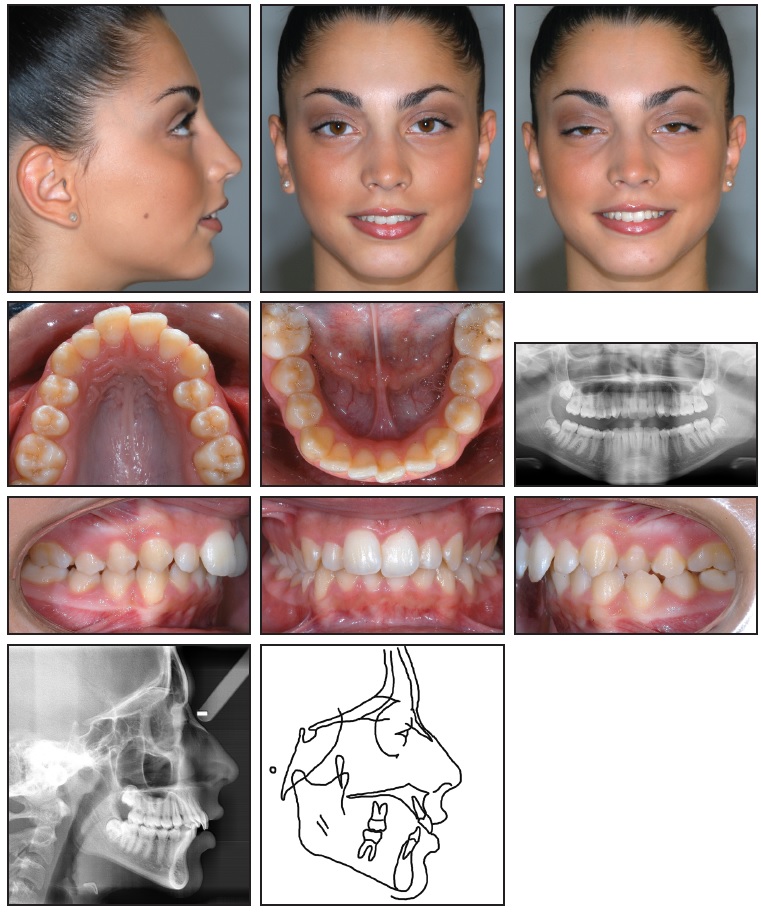
Case Report Jco Online Journal Of Clinical Orthodontics

The Physics Of Class Ii Correction Orthodontic Practice Us

Light Class Ii Elastics 3 5 Oz Given For Canine Retraction Note That Download Scientific Diagram
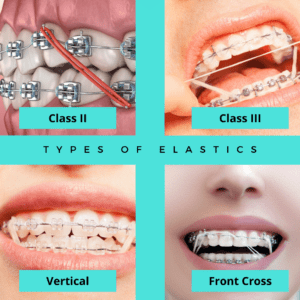
What Are Interarch Rubber Bands

Direction Of Force For Class Ii Correction A Class Ii Elastics With Download Scientific Diagram

Intermaxillary Elastics Wise Ortho
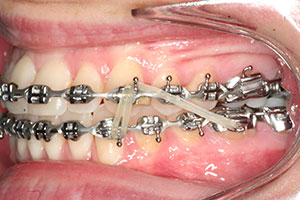
Elastic Wear Protocol Northlake University Orthocare Orthodontics
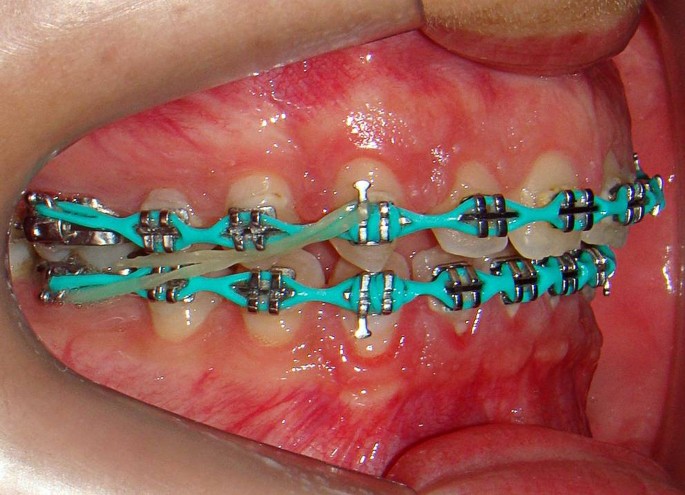
Soft Tissue Profile Changes In Angle Class Ii Patients Treated With Twin Force Or Intermaxillary Elastics A Comparison Springerlink

How To Put Rubber Bands On Braces Premier Orthodontics

Class Ii Elastics Lateral View Hd Edition Youtube
Elastics Bee Happy Orthodontics
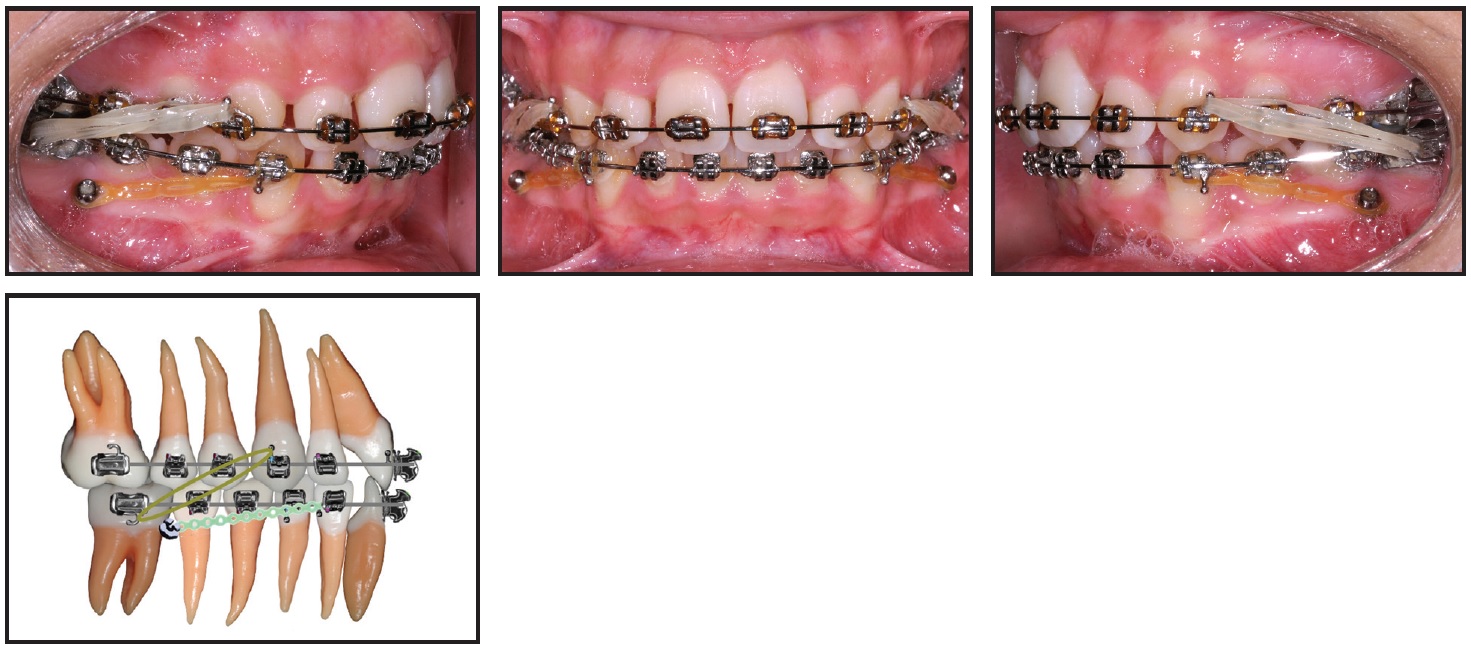
Case Report Jco Online Journal Of Clinical Orthodontics

A Horizontal And Vertical Forces Resulting From A Unilateral Class Ii Download Scientific Diagram
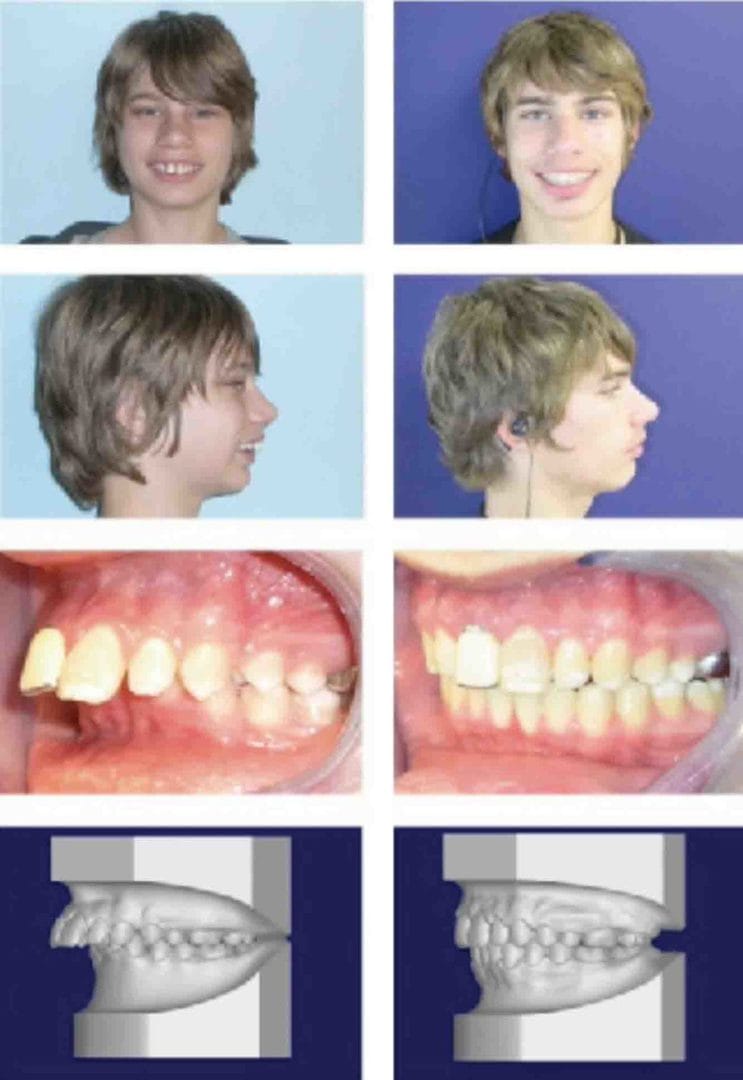
The Physics Of Class Ii Correction Orthodontic Practice Us

How Orthodontic Elastic Bands Work Belmar Orthodontics
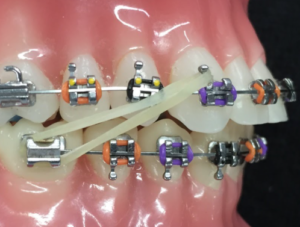
Are Class Ii Elastics As Effective As A Functional Appliance A Trial That May Answer This Question Kevin O Brien S Orthodontic Blog